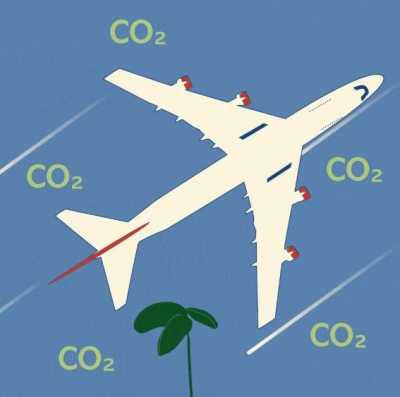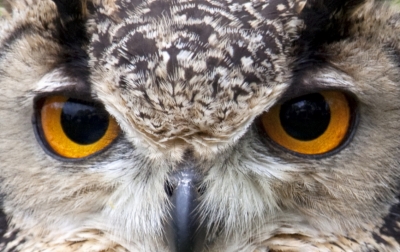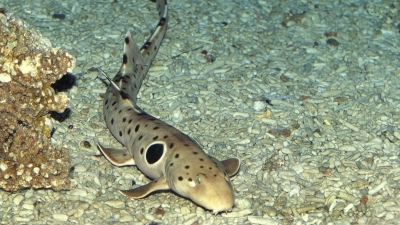
The Phansad Wildlife Sanctuary in Maharashtra was in the news recently for setting up a ‘food centre’ with carrion to revive vulture population. Such measures are important because birds are integral to a healthy and balanced ecosystem. Let’s look at a few successful programmes taken up in the country for the conservation of birds-both residents and migrants.
Amur falcon
Even as our country battled the horrific second wave of the pandemic in April 2021, Tamenglong, a town in Manipur, found a reason for excitement tracking two radio-tagged migratory Amur falcons (named Chiulon and Irang) flying over the Arabian Sea. Amur falcons cover 20,000 km between their wintering grounds in Africa and breeding grounds in China. And, thanks to the radio-tagging of two of those birds back in 2019. people were tracking this historic journey and hoping for the birds to reach their town safely later. However, about a decade earlier, the story in neighbouring Nagaland was completely different. For years, lakhs of these raptors have stopped in India’s northeastern regions such as Nagaland during their long migration. But what was a stopover for rest and recuperation turned into a death trap for them-in 2012, more than one lakh birds were said to have been hunted for meat. Following this decimation, the Nagaland Wildlife and Biodiversity Conservation Trust swung into action-went door-to-door talking with villagers and engaged with village about the need to protect the birds. And those earnest efforts paid off. The killings stopped in what is seen as one of the most telling changes in people’s attitude towards wildlife conservation. Recently, there have been reports of increasing Amur falcon numbers not just in Nagaland, but also in neighbouring States such as Assam. Meghalaya, and of course, Manipur where people waited with bated breaths for the return of raptors named Chiulon and Irang.
Great Indian bustard
Recently, four female great Indian bustards at the Desert National Park (DNP) in Jaisalmer, Rajasthan, made headlines for laying two eggs each. Critically endangered, these bustards are known for laying only one egg at a time. Turns out this time was different because, thanks to excessive rains in the region, the grass in which the birds laid their eggs was abundant. In addition, the moisture and humidity led to an increase in insect population, which made for the birds hearty meals.
Experts believe one of the other reasons for the two-egg clutch is also the conservation efforts. The first major initiative for saving the species came about in 2013 with the Rajasthan government setting up Project Great Indian Bustard at DNP, which included increased protection for the birds and less human presence in the region. Further, a breeding centre for the birds was set up at DNP in 2019.
Endemic to India, great Indian bustards were once seen across several States. Due to hunting, habitat loss, and accidents caused by windmills and overhead lines, their numbers kept dwindling. With only about 150 birds remaining today, two egg clutches and conservation initiatives hold promise for the bird’s future.
Vultures
In October 2020, when eight critically endangered, captive-bred, white-rumped vultures were released into the wild in Haryana, it was a first for our country. The release was the result of a two-decade conservation programme that saw the setting up of four vulture conservation breeding centres – one each in Haryana, West Bengal, Assam, and Madhya Pradesh. The centres were set up by the Bombay Natural History Society (a wildlife research organisation), in association with the Government of India. State Forest Departments, and Royal Society for the Protection of Birds Launched to conserve three species of vultures-oriental white-backed vulture (also known as white-rumped vulture), long-billed vulture, and slender billed vulture- these centres have together reared hundreds of these birds. Since 2020, many more birds have been released into the wild.
It is believed that “India was home to 40 million vultures in the 1980s”. Their number plunged by over 97% in the 1990s, largely due to the drug diclofenac used to treat cattle-whose carcass vultures mainly fed on. With a ban on diclofenac in place and the setting up of these breeding centres (along with creating Vulture Safe Zones in several parts of the country), there’s much hope for these birds today.
VISIONARY PERSPECTIVE PLAN (2020-2030)
- In 2020, the government came out with a 10-year plan “for conservation of avian diversity, their ecosystems, habitats & landscapes in the country”.
- It aims to initiate steps for the protection of migratory birds, conservation of wetlands, and focus on birds in urban areas.
- It also plans to undertake detailed ecological studies of rare, endangered, and threatened bird species of India and their habitats and to develop and implement conservation measures and Species Recovery Plans.
Picture Credit : Google





